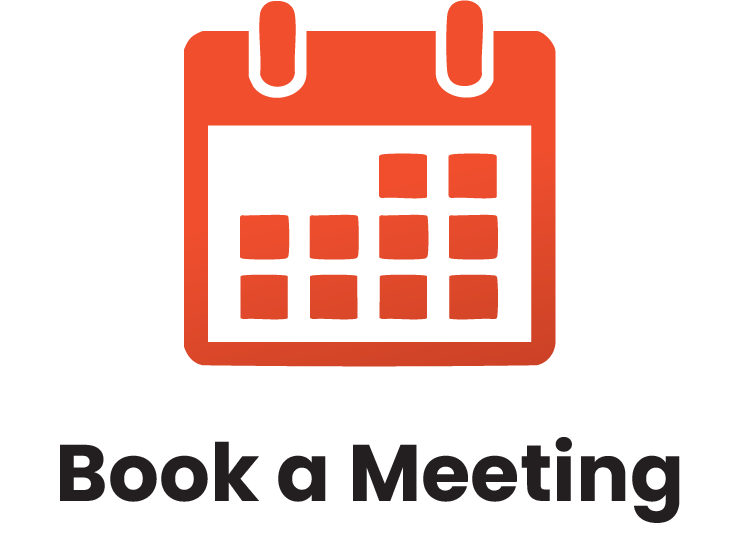Interactive training sessions led by experienced facilitators.
What is In-Person, Instructor-Led Training?
Our in-person training is delivered by a live facilitator who works directly with your team at your location. It’s our most popular format because it allows for real-time interaction, hands-on learning, and direct support.
Every session is tailored to your team’s specific goals, industry, and challenges—no generic, one-size-fits-all programs. Whether it’s a single session or a full training series, we design the experience to be relevant, practical, and fully aligned with your needs.
What is Live Webinar Training?
Live webinars are facilitator-led training sessions delivered online in real time. They’re ideal for teams working in different locations or with busy schedules.
This format offers shorter, more frequent sessions that are easy to coordinate—making it a convenient option for organizations with remote or distributed teams.
What is Virtual Classroom Training?
Virtual Classroom training is live, instructor-led training delivered online. It offers the same interactive experience as in-person sessions, with real-time discussions, group activities, and instructor feedback.
It’s a flexible option for organizations that want to reduce travel, save costs, or better fit training into busy schedules.
What is a Lunch & Learn Session?
Lunch & Learn sessions are short, facilitator-led training sessions delivered in person or online—typically during the lunch hour. They focus on specific topics or skills and offer a quick, engaging way to learn without a full-day commitment.
These sessions can be offered as one-time events or as part of a series, making them a great option for ongoing, bite-sized learning.
Online Learning
Enjoy our self-paced option and learn from anywhere!
$199.00 USD
Active Listening Training
Communication skills are at the heart of everything we do each day, whether at home, at work, or at play. Active listening encompasses the best of communication, including listening to what others are saying, processing the information, and responding to it in order to clarify and elicit more information. This course will help participants develop and practice their active listening skills.
What Will Be Covered
LEARNING OBJECTIVES
After you complete this course, you will be able to:
- Define active listening and its key components
- Identify ways to become a better listener
- Use body language to reflect a positive listening attitude
- Understand the difference between sympathy and empathy, and when each is appropriate
- Create a listening mindset using framing, positive intent, and focus
- Be genuine in your communications
- Understand the communication process
- Ask questions, probe for information, and use paraphrasing techniques
- Build relationships to create an authentic communication experience
- Identify common listening problems and solutions


A Deeper Look
COURSE OUTLINE
A breakdown of each session included in this course.
You will spend the first part of the day getting to know participants and discussing what will take place during the workshop. Students will also have an opportunity to identify their personal learning objectives.
Defining Active Listening
To begin, participants will learn what active listening is all about. They will also consider the characteristics of good listeners, get some tips for active listening, and review their pre-assignment.
Body Language Basics
In this session, participants will learn why body language is so important when communicating. They will also consider positive and negative body language messages.
Attitude is Everything!
Next, participants will learn about sympathy, empathy, positive intent, frame of reference, reframing, focus, and being genuine.
Encouraging Conversation
Participants will learn how to use questions, probing tools, and paraphrasing to encourage others to speak. Participants will also learn about the communication process and the ladder of inference.
Building Relationships
This session will give participants some tips on building rapport and finding common ground. We will also share some neuro linguistic programming tips.
Getting Over Listening Roadblocks
To wrap things up, participants will explore common listening problems and consider some solutions.
Workshop Wrap-Up
At the end of the course, students will have an opportunity to ask questions and fill out an action plan.













